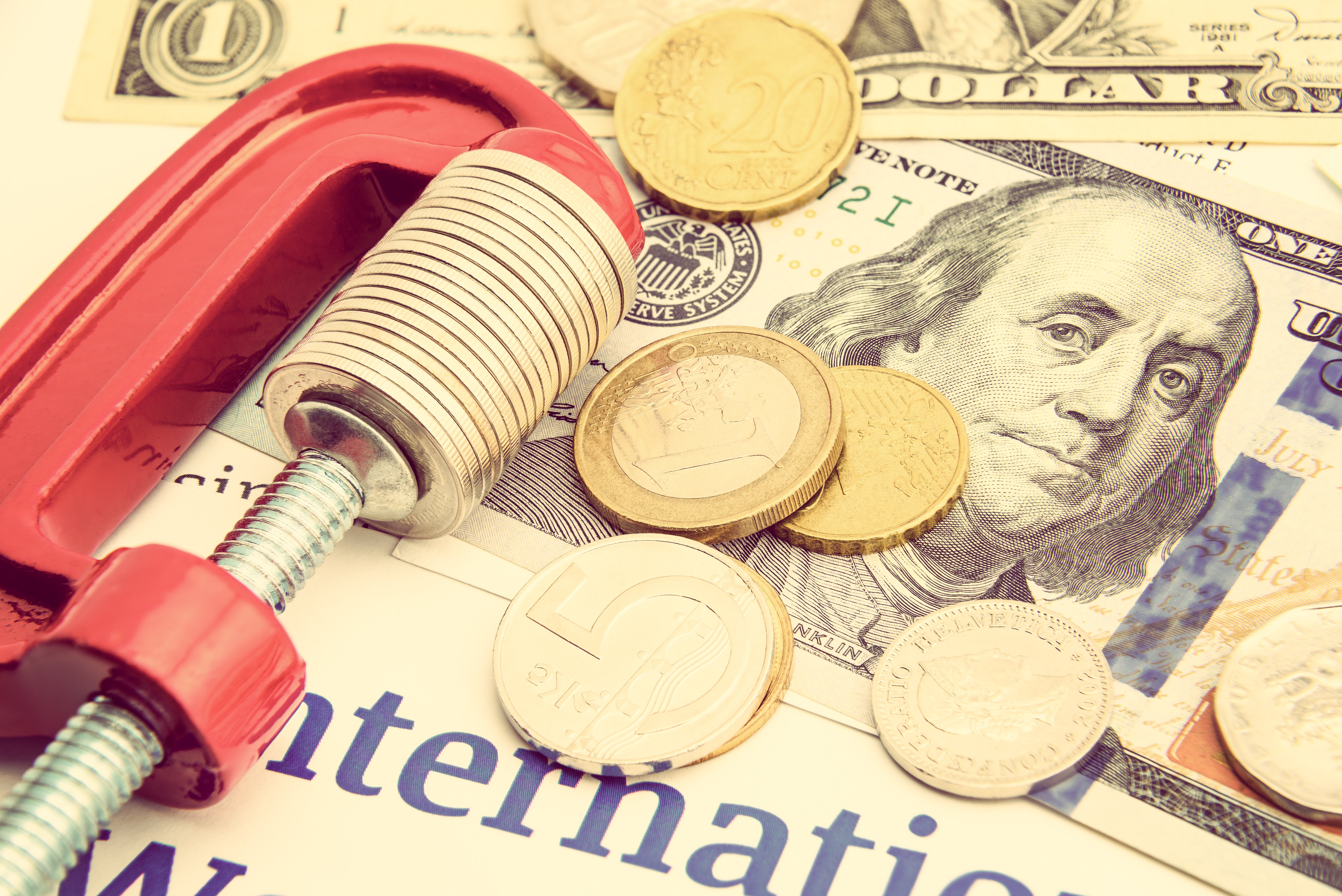4 Tips to Manage Supply Chain Volatility Caused by Politics, Disasters, and Tariffs
 It seems that the world is changing in every possible way, including a few we might not have imagined just a few short years ago. We must deal with tense political situations such as Brexit, increased tariffs, volatile oil prices, an increase in natural disasters from climate change and, now, a global pandemic with the newest coronavirus. Keeping your supply chain stable in these situations requires learning to be agile and not only navigating volatility but doing your best to forestall it.
It seems that the world is changing in every possible way, including a few we might not have imagined just a few short years ago. We must deal with tense political situations such as Brexit, increased tariffs, volatile oil prices, an increase in natural disasters from climate change and, now, a global pandemic with the newest coronavirus. Keeping your supply chain stable in these situations requires learning to be agile and not only navigating volatility but doing your best to forestall it.
This strategy involves negotiating contracts and prices to smooth volatility and also track supplies so that you are able to anticipate supply chain disruptions.
There are a few reasons agility is vitally important right now:
1. Tariffs and trade wars. Tariffs on Chinese goods have currently increased, and these policies can change on a moment's notice. Tariffs may go up or down, and new ones may show up at any time. China has also retaliated against US tariffs in other ways, such as applying every letter of the rules in customs inspection to slow down goods entering the country. This could ultimately result in similar policies being applied by America as the trade war heightens.
2. Brexit. We just don't know quite what's happening with Brexit right now. The effects of the U.K.'s decision to leave the EU are likely to be ongoing and somewhat unpredictable. So far, the U.K. is experiencing worker shortages in some areas, as well as increased food costs. All of this is keeping the British pound down and having economic ripples across Europe. Companies who purchase from the EU may see price shifts, although it may be that prices are mostly pushed down.
3. Price volatility for oil and other commodities. No sooner had we written this point to focus on the increasing price of oil, then a price war between the Saudis and Russia was initiated and the price of oil dropped nearly 30% in one day. The debate about energy sources continue to grow; as renewables become more attractive. Although it's not always possible, considering alternative raw materials can be helpful to avoid high prices and may even help your business from a strategic standpoint. Regardless, leveraging contracts to keep your costs under control is crucial.
4. Climate change. Climate change is causing more frequent, stronger storms. In 2017, Hurricane Harvey closed the second biggest US port, Houston, and in 2019 Hurricane Dorian temporarily closed Freeport Container Port, a major hub for the eastern seaboard of the US and east/west line-haul routes through the region. Both closures caused issues for many businesses.
If a storm closes your supply routes, do you or your supplier have an alternative? Choose suppliers who know what to do when this happens, checking to be sure they have a proper disaster recovery plan in place.
5. Currency volatility. Dealing with currency volatility is something that any company with a global supply chain has to learn—but that’s not an easy lesson. In 2016, 40% of North American companies suffered losses due to currency fluctuations, but it remains a very current problem, especially with Brexit looming. In an ideal world, monitoring currency volatility can allow you or your supplies to take advantage of depreciation, but at the very least, understand your suppliers’ exposure to foreign currencies and negotiate baseline exchange rates.
6. Recession. Are we on the edge of a recession? A recent Sikich study showed that 27% of CEOs think so. Predicting a recession can be hard; having a plan for what to do if one hits is a lot easier. How can you not just survive a recession but take advantage of it? Making pre-emptive moves to shore up your procurement now can help your company weather any financial storm well.
7. Epidemics and Pandemics. Perhaps the biggest concern right now, as of March 2019, is the economic effects of the coronavirus pandemic. The pandemic is reducing customer spending as people avoid crowds, causing an industrial slowdown in China and denting world travel. Since 2009, there have been several pandemics, and they also tend to hit the supply side hard. Do your suppliers have a plan for if an epidemic halts production on the far side of the world?
 Ways to Mitigate the Effect of Volatility
Ways to Mitigate the Effect of Volatility
There are a number of things you can do to help make sure that volatility doesn't leave your maintenance staff without the supplies they need or making rush buys from unapproved suppliers at much higher prices. Here are some ideas:
1. Expect and prepare for change. Change is going to happen. Watching world events can help you anticipate it, but a plan to prepare for any given event can strengthen your supply chain. We know there will be hurricanes, we know there will be elections, we can assume there will be another recession at some point. Make sure you know what to do in the event of any kind of event that affects pricing or disrupts supply lines. For example, many hospitals are now scrambling to get supplies they need to deal with the coronavirus, despite seeing a few foreign pandemics occur.
2. Make sure you know who all of your suppliers are and where they are located. It's very easy in today's connected world to leave that to your outsourced logistics company. You should ask for and make sure you get information on where they source everything down to raw materials so you can better anticipate a problem. Their attitude during these conversations can tell you a lot. (Here are four factors to think about when negotiating with suppliers.)
3. Increase cross-functionality. Procurement needs to be involved in sales contracts. You need to have multiple sources for all of your equipment and materials, without having to go to unapproved vendors. Contingency plans might include backup vendors, working with suppliers to make sure they have backups, and planning purchases that do not require a part (for example, a filter) only available from one manufacturer.
4. Choose agile suppliers. When you vet your suppliers, spend some time focusing on their agility. Make sure they are always looking for new sources for their own supplies and raw materials. Ask to see their disaster recovery plans, especially if they are sourcing materials from areas likely to be affected by natural disasters or geopolitical instability. You need to be working with your suppliers as a team to ensure that you get what you need. Phase out suppliers who are rigid, who do things "the way they have always done them," or who are hyper-focused on a single source.
We live in a volatile world. While things may calm down, we will always face some unexpected situations. Ensure your supply chain is flexible enough that change and volatility won't cause it to break.



